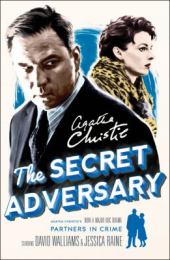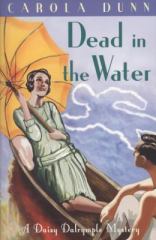I was prompted to these thoughts having recently re-watched Ghostbusters which, as you may remember, starts inside the magnificent New York Public Library with the ghostly terrorisation of a librarian by levitating books and flying catalogue cards. In the future remake of this film I wonder how the film makers will get round the inconvenient fact in the intervening years catalogue cards have gone the way of the dodo in most libraries…
In this example the library was simply a location for the plot. Another example is Agatha Christie’s The Body in the Library. Here the library is used as an example of locked room murder mystery so popular in early crime fiction. Other authors such as Colin Dexter (Inspector Morse) and Dorothy L Sayers (Lord Peter Wimsey) used college libraries as part of the Oxford setting of their novels.
Libraries however have played a more significant role in some relatively recent crime novels. Sue Grafton’s detective series is set in the 1980s, in other words pre personal computers / the internet and such library resources as Newsbank. Therefore in several novels in this series, the investigator Kinsey Millhone visits her local library to consult old newspapers issues on microfilm.
More recently I have enjoyed reading Donna Leon’s novel By its Cover, set in an Venetian academic library. This novel starts with the discovery of a theft of an early printed book from the collection and leads to a murder. As a librarian I was cheering Commissario Guido Brunetti on in his efforts to solve these crimes.
One fictional library together with its orangutan librarian loom large in Terry Pratchett’s Discworld series. It would be a very foolish thief or murderer to enter this library to commit a crime. If The Librarian did not apprehend the felon the chances are that the magical books would. This is the library whose contents were chained to protect the user from harm rather than to protect the books from theft. In fact there was one library book theft in Pratchett’s novel Guards! Guards! A book on summoning dragons was successful stolen to order as part of a plot to overthrow the city ruler. Not that it did the conspirators much good, as the summoned dragon quickly incinerated them.
A hero to many library staff, Discworld’s The Librarian is a member of a small elite group of senior librarians who have the knowledge and ability to travel through L-space, an extradimentional space that connects all libraries and other large accumulations of books; a skill that alas has not passed onto this member of staff. I can’t speak for my colleagues.
[Francis]















